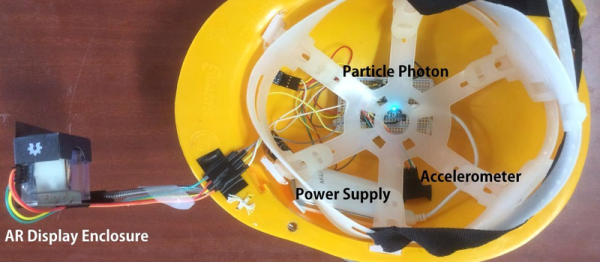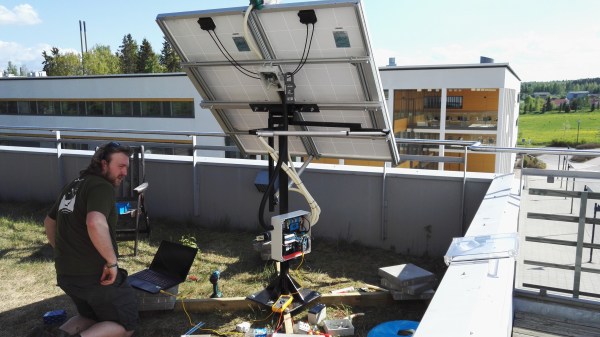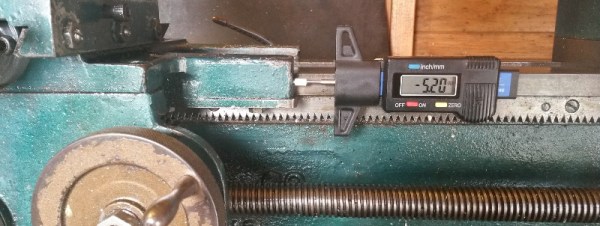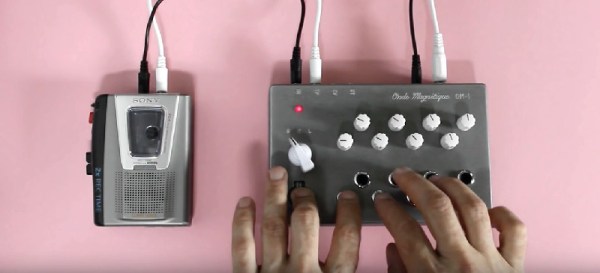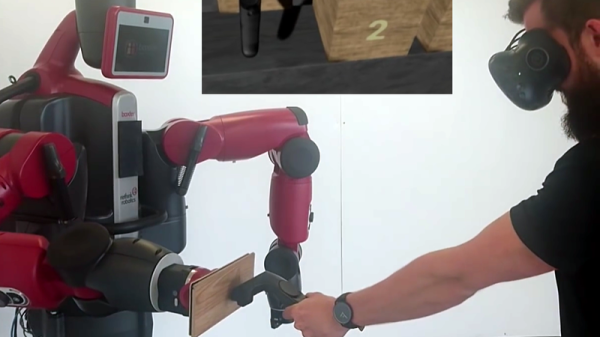Augmented reality is all the rage right now, and it’s all because of Pokemon. Of course, this means the entire idea of augmented reality is now wrapped up in taking pictures of Pidgeys in their unnatural setting. There are more useful applications of augmented reality, as [vijayvictory]’s Hackaday Prize entry shows us. He’s built an augmented reality helmet for firefighters that will detect temperature, gasses, smoke and the user’s own vital signs, displaying the readings on a heads up display.
The core of the build is a Particle Photon, a WiFi-enabled microcontroller that also gives this helmet the ability to relay data back to a base station, ostensibly one that’s not on fire. To this, [vijayvictory] has added an accelerometer, gas sensor, and a beautiful OLED display mounted just behind a prism. This display overlays the relevant data to the firefighter without obstructing their field of vision.
Right now, this system is fairly basic, but [vijayvictory] has a few more tricks up his sleeve. By expanding this system to include a FLIR thermal imaging sensor, this augmented reality helmet will have the ability to see through smoke. By integrating this system into an existing network and adding a few cool WiFi tricks, this system will be able to located a downed firefighter using signal trilateralization. It’s a very cool device, and one that should be very useful, making it a great entry for The Hackaday Prize.

